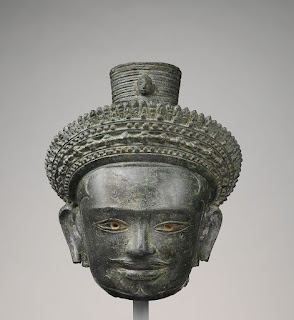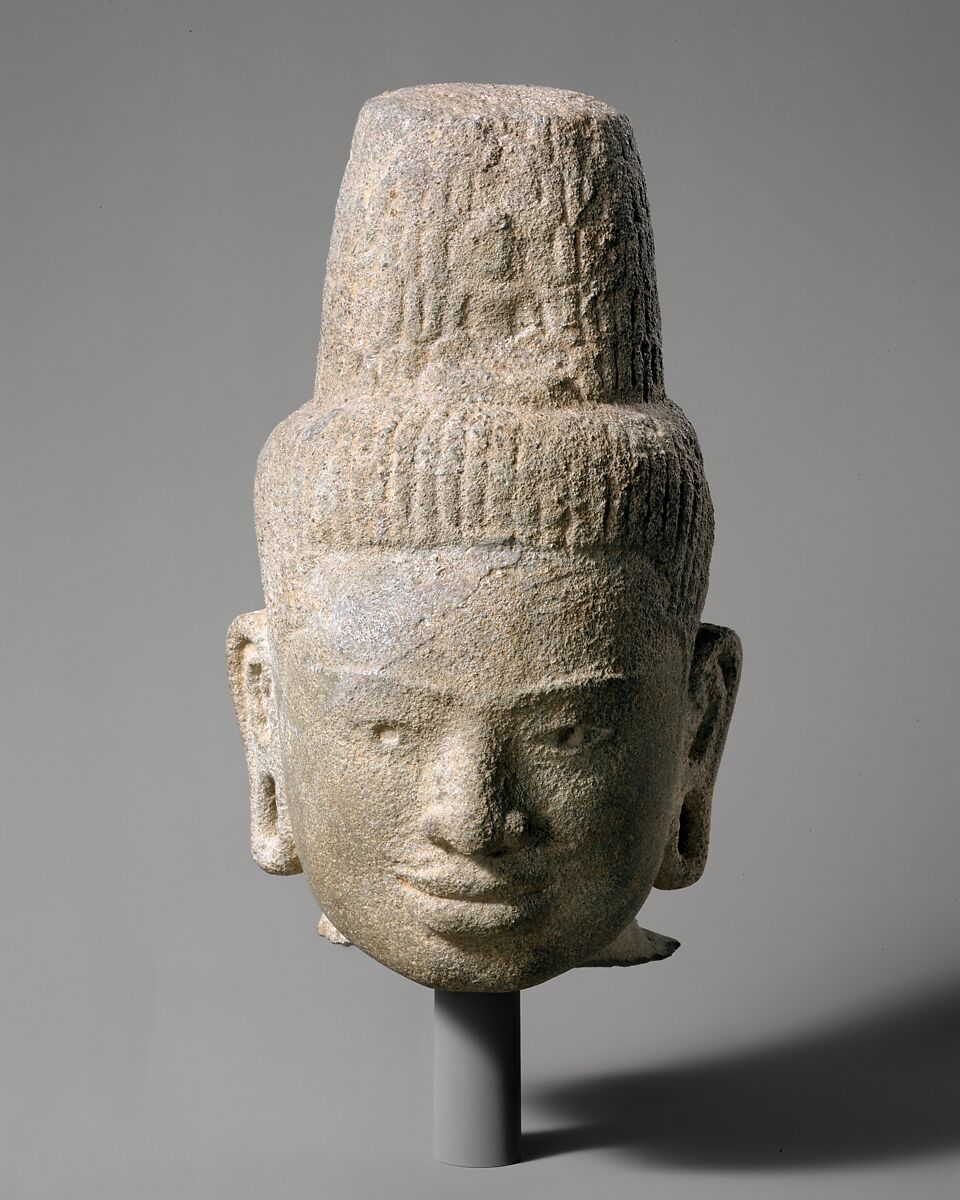 Ashraf Omar Eldarir,british museum,Conviction and Sentence,Egypt,Egyptian antiquities looting,HSI,illicit antiquities,illicit art trade,Mousa Khouli,New York,sentencing
Ashraf Omar Eldarir,british museum,Conviction and Sentence,Egypt,Egyptian antiquities looting,HSI,illicit antiquities,illicit art trade,Mousa Khouli,New York,sentencing
 No comments
No comments
Six Months for 590 Artefacts: The Case of U.S.-Egyptian Smuggler Ashraf Omar Eldarir
Ashraf Omar Eldarir has recieved a six month prison sentence in US Federal court.
ARCA has written a lot about Eldarir, a naturalised U.S. citizen from Brooklyn. The first time was back in 2022 after he was indicted in the United States District Court, Eastern District of New York, on two counts of smuggling, under Title 18 U.S. Code § 545, 2 and 3551 et seq. after he flew into John F. Kennedy International Airport on from an international flight from Egypt with three suitcases filled from top to bottom with illicit antiquities wrapped in protective packaging.
In our second article we published an open source list of many of the Egyptian artefacts actively in circulation on the US and European markets which were traceable to Eldarir, reminding buyers that Caveat Emptor, if the name on the collecting history of their Egyptian artefacts included any of these names or combinations of stories they were likely to be looted.
⇏ Ashraf Omar Eldarir (see our earlier post today).⇏ Anything with any spelling that says something like ex-private Ezeldeen Taha Eldarir collection; ex-Salahaddin Sirmali collection.⇏ Anything with "formerly Collection Salah al-Din Sarmali Bey. Acquired by Izz al-Din Tah al-Darir Bey in Egypt.
In our third story, we examined how the insatiable U.S. demand for Egyptian antiquities between 2012 until 2020, and the ease with which illicit pieces could be laundered into the licit market and resold, often for substantial sums—created fertile ground for smugglers like Mr. Eldarir. We also expanded our growing list of his identifiable imports and published an example of one of his forged provenance letters, and raised the obvious elephant-in-the-room question: catching one man with 590 artefacts in his suitcases is one thing, but what about the 'don’t ask, don’t tell' dealers and auction houses who eagerly absorbed his material into the supply chain? Eldarir’s scheme relied on fabricated attestation letters and never once produced an export license or verifiable proof of ownership, yet the ancient art market had welcomed his goods all the same.
In February 2025 we reported that after a prolonged federal court case, Eldarir had finally elected to do what most federally charged individuals tend to (eventually) do. Knowing he stood a snowball's chance in hell of being found not guilty, the former doctor-turned-smuggler pleaded out, admitting that he had smuggled ancient Egyptian artefacts into the United States over a series of trips to and from his home country. In theory, for his role in these affairs, US sentencing guidelines estimated that he could serve as many as three to five years behind bars and might even face denaturalisation, which could send him back to the very country that he so prolifically robbed.
ARCA continued to ask what happened to these two high value pieces sold through Christie's to a dealer in Switzerland.
One was this portrait head of a man, sold first through Christies New York in 2012 for $52,500. Despite the trafficker's arrest in the US, this piece was still up for sale during the COVID-affected TEFAF Maastricht art fair in 2020, at the stand of Swiss dealer, Jean David Cahn. Here the piece was called "a Portrait Head of the Emperor Severus Alexander" with a price on request.
To close this story, yesterday Joseph Nocella, Jr., United States Attorney for the Eastern District of New York; announced that Judge Rachel P. Kovner had sentenced Ashraf Omar Eldarir to six months in prison.
In much of the reporting around this case, some journalists have zeroed in on the fact that the British Museum once purchased an Eldarir-smuggled ushabti through Mousa Khouli’s Palmyra Heritage, a New York gallery run by a convicted trafficker of Egyptian cultural property. It makes for easy headlines: the BM’s missteps are as consumable in the press as gossip about the British royal family.
But what most of those articles miss is the quieter truth, that it was not scandal but diligence that first turned the tide. Staff at the British Museum recognised that the ushabti in question could be tied directly to a known looting incident in Egypt. Rather than turn a blind eye, this staffer flagged their concerns to law enforcement, providing a crucial lead that put Eldarir on the radar of U.S. authorities.
Forensic investigations often depend on this kind of vigilance: the quiet, careful work of scholars who hardly ever make the headlines, but whose interventions are critical in making cases viable. In this instance, the unsung hero was not a prosecutor, a journalist, or an independent scholar, but a museum professional working to keep their own museum clean, and who refused to ignore the red flags of objects under their care.
I for one think they deserve our thanks.
By: Lynda Albertson

























.jpeg)








